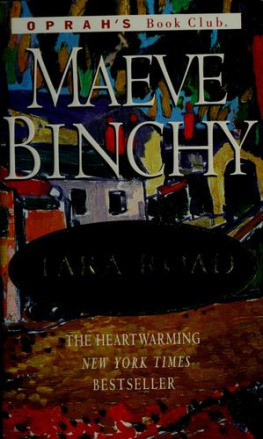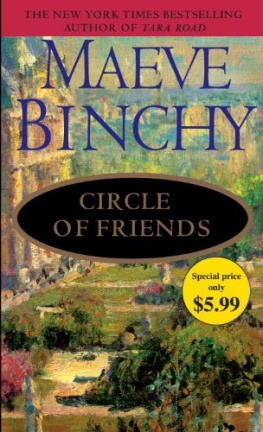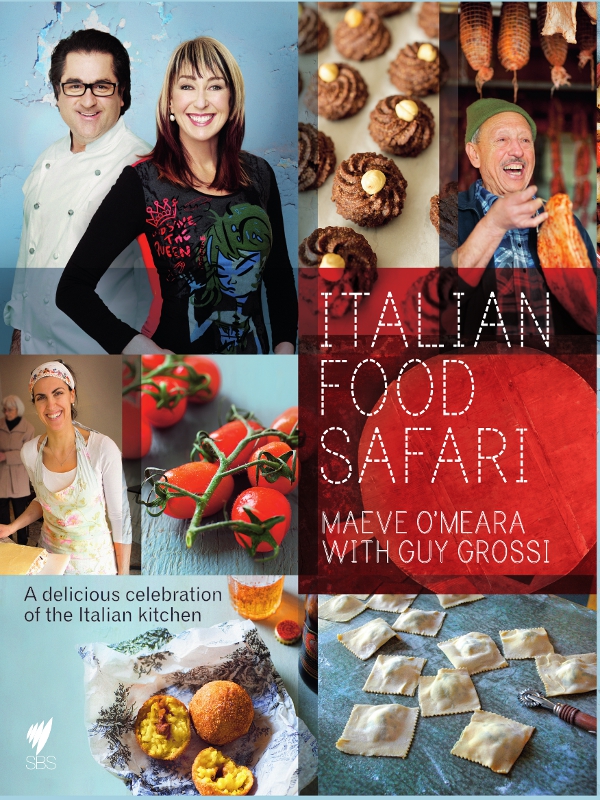
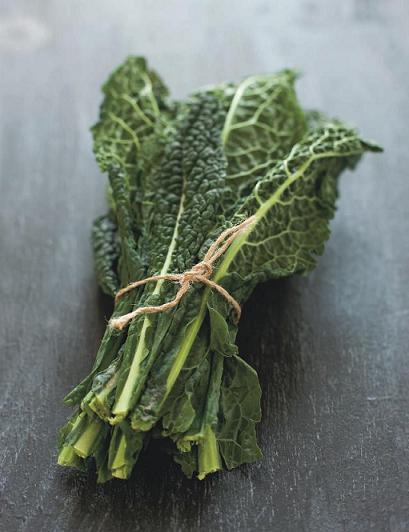
ITALIAN
FOOD
SAFARI
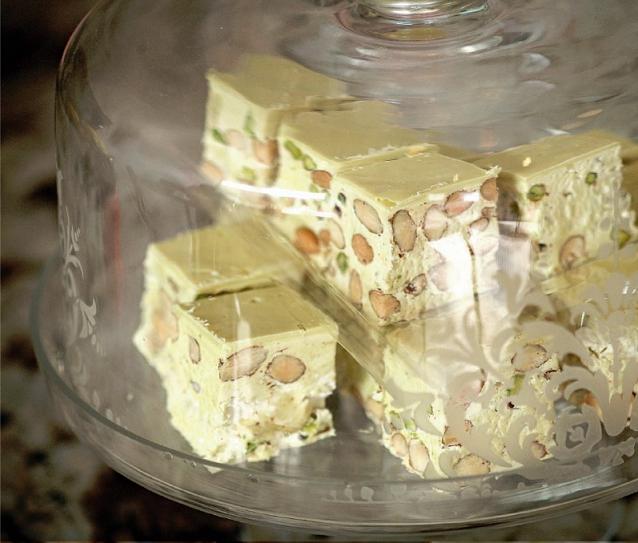

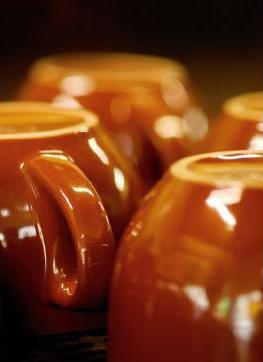
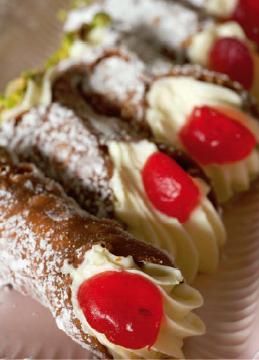
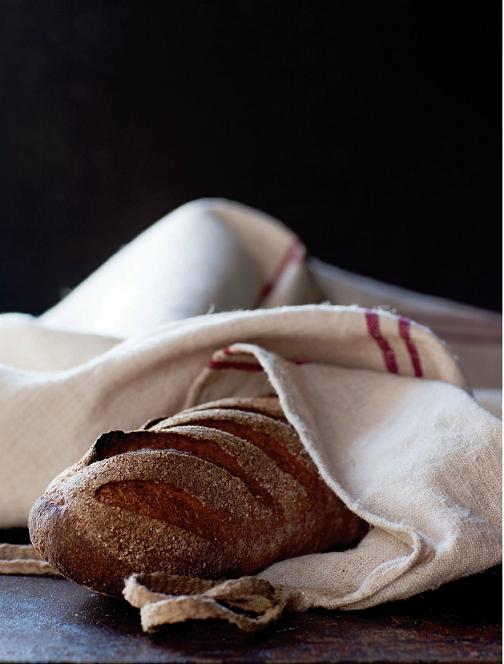
ITALIAN
FOOD
SAFARI
A delicious celebration
of the Italian kitchen
MAEVE OMEARA
WITH GUY GROSSI

An SBS Book
Published in 2010 by Hardie Grant Books
Hardie Grant Books (Australia)
85 High Street
Prahran, Victoria 3181
www.hardiegrant.com.au
Hardie Grant Books (UK)
Second Floor, North Suite
Dudley House
Southhampton Street
London WC2E 7HF
www.hardiegrant.co.uk
All rights reserved. No part of this publication may be reproduced, stored in a retrieval system or transmitted in any form by any means, electronic, mechanical, photocopying, recording or otherwise, without the prior written permission of the publishers and copyright holders.
The moral right of the author has been asserted
Copyright Kismet Productions 2010
Copyright additional Guy Grossi recipes Guy Grossi
Cataloguing-in-Publication data is available from the National Library of Australia.
ISBN 9 781 740 660 007
Cover and text design by Pfisterer + Freeman
Studio food photography by Gorta Yuuki
Food styling by Simon Bajada
Location photography by Toufic Charabati
Additional location photography by Alan Benson and Oliver Strewe
Colour reproduction by Splitting Image Colour Studio
Printed and bound in China by C & C Offset Printing
The publishers would like to thank the following for their generosity in supplying props for the book: Market Import, Major & Tom, Shelley Panton Ceramics and Izzi & Popo.
10 9 8 7 6 5 4 3 2 1
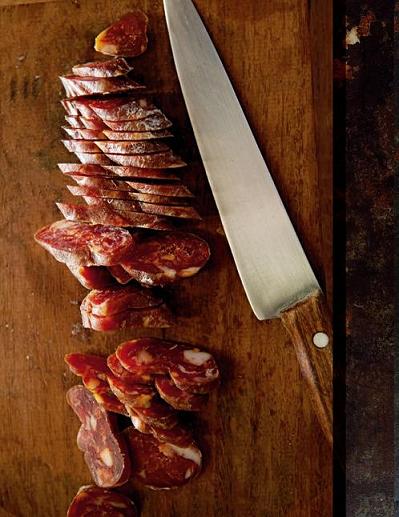
CONTENTS
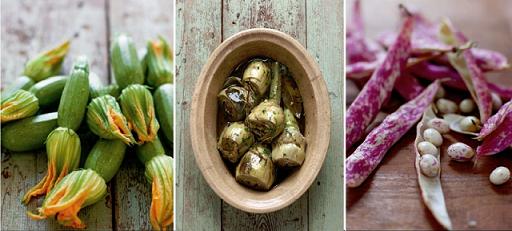
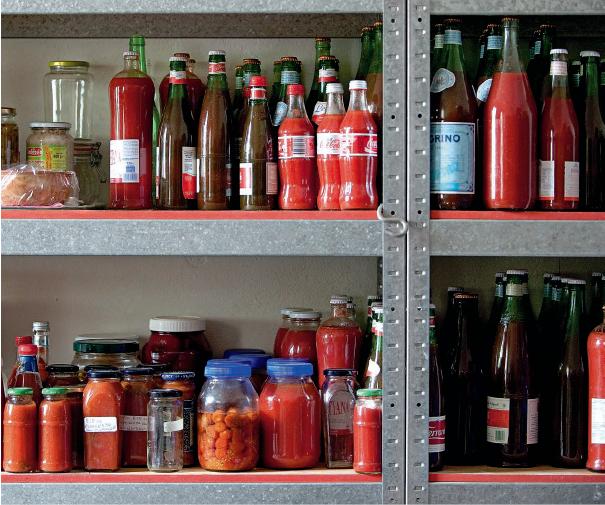
For Italians, every meal, no matter how simple,
is a celebration or a feast Its about being
together and enjoying something special. If
youve got time together and its a family
table, then its a special day. Guy Grossi
To be born into the Italian realm is to be part of a lifetime feast an existence punctuated by the best produce of the season prepared with love and passion. This is a world away from the nuclear family and the lone cook labouring away in the kitchen its warm, welcoming and loud. Three and sometimes four generations gather together, the women laughing as they go about creating magic in the kitchen, the men often tending a wood-fired oven outside.
Rituals dominate Italian culinary life events that bring families and communities together. In late summer its the bottling of the seasons ripest tomatoes; in winter its preserving every part of a pig as sausages, prosciutto and salami.
The work involved is usually intense and calls for a large number of people to join in. And that means even more food to keep everyone going. And so, the recipes that have been passed down through the family are lovingly prepared over and over again in a way that keeps the culture of the village alive even half a world away from the source.
Keeping culture and traditions alive is fundamental to Italians the hunting and gathering; cheese-making, preserving and baking; and commemoration of holy days are the staff of daily life.
We have been lucky to share in the rituals and gather recipes from people hailing from Italys many varied regions, from Sicily to the mountainous border of Austria. And to share, as well, in the wonderful culinary wisdom of many sayings and strictures precious gems you can only gather in the fragrant steam of the kitchen.
Please read, cook from and enjoy our Italian Food Safari a journey into a delicious and generous world.
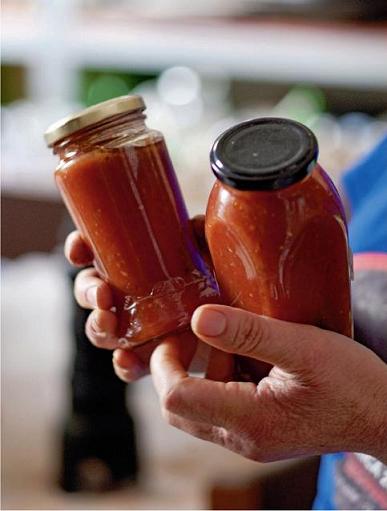
If Italy has a colour, its red for tomatoes in all their glorious incarnations, in pastas, pizzas, ragu and salads, and preserved in passata to be used through the year.
Its intriguing to realise that tomatoes were only introduced to Italy from South America in the sixteenth century. Their Italian name is pomodoro literally golden apple, a fruit prized for its combination of sweetness and acidity and its incredible versatility.
Guy Grossi remembers his dad spending the few hours he wasnt at his restaurant out in his garden, lovingly tending his tomato crop. My father used to grow tomatoes that smelt and tasted like a real tomato with the intensity of flavour that can only be achieved when home-grown and organic.
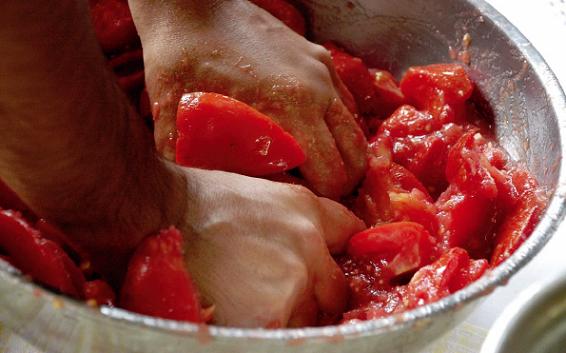
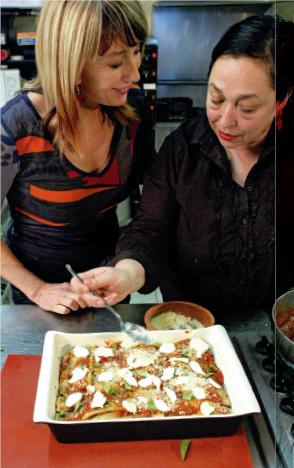

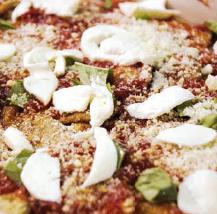
Italians are fussy about everything in food, but especially tomatoes. Frank Bonfante has sold home-grown and commercial tomatoes for forty years and says many Italian buyers smell their tomatoes first. The best aroma equals the best flavour and its especially important to smell your tomatoes when making passata, says Maria Cipri. One bad one can ruin the lot, she warns.
Passata is essentially a puree of tomatoes and is made by families from all over Italy, but especially from the south where the tomato rules. The homemade sauce tastes pure, sweet and full of sunshine and gives a special magic to every dish.
You need a big family to wash and cut boxes and boxes of tomatoes. Many families buy up to fifty boxes to ensure their supply of passata through the year which might be three or four bottles per week.
The methods for making passata differ slightly from region to region, and family to family, but generally the tomatoes are heated to boiling point then passed through a special crushing device with a sieve that removes the skins and seeds. These are squeezed to release as much flavour as possible.
Next page










